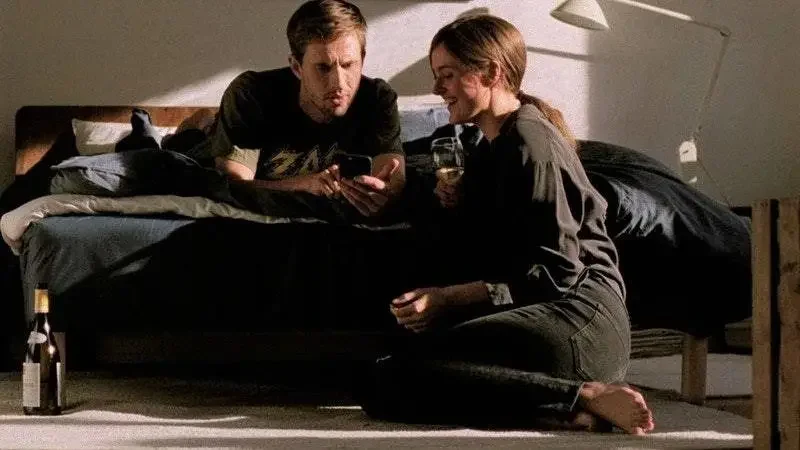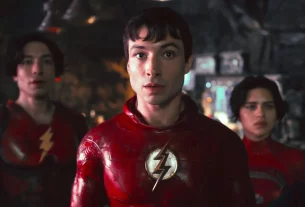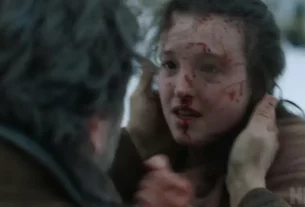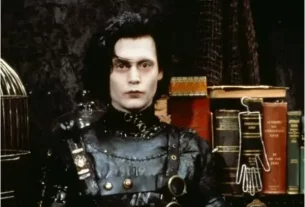Julie, the heroine in evening clothes, exhaled a cigarette, and the setting sun reflected Oslo behind her.
“The Worst Person in the World” directed by Joachim Trier and the previous works “Reprise” and “Oslo, 31. august” are collectively known as the “Oslo Trilogy”. Oslo street scenes can be seen everywhere, especially Julie in the city A scene of running. But “The Worst Person in the World” is not about the Norwegian capital.
Teyer once said frankly, “If you ask me if I have any social insights into our city, I’m afraid and I don’t.”
Just as the director who lives in Oslo is actually from Copenhagen, Denmark, in my opinion, the roots of this film can also be traced back to the Copenhagen thinker Kierkegaard.
In fact, Teyer once said in an interview with the media: “It’s very Nordic and artificial, but Kierkegaard once said, ‘We can only understand life by looking back, but we have to look forward to live’.”
In the nineteenth century, Kierkegaard is known as the father of existentialism, and it is not difficult for the Danish and even Norwegians to hear his name.
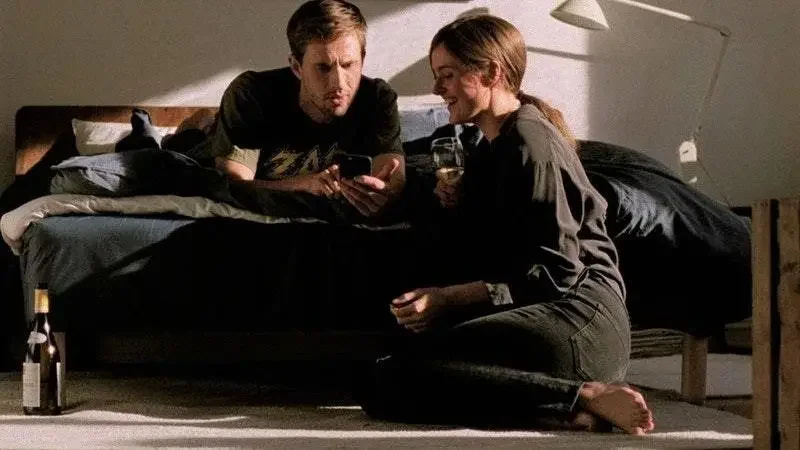
Teyer also believes that people are inevitably confused when they live in it, but when they look back in the future, they will have a deeper understanding and understanding of the meaning of an experience.
He probably also had this idea in mind, and divided “The Worst Person in the World” into a preface, twelve chapters, and a postscript, and added narration from time to time, deliberately creating an experience like reading a novel, let us look back and understand together with Julie The journey of her life.
Uncertainty about career and people by your side
The preface of the film starts with Julie as a college student. She had excellent grades and originally became a medical student, but she was not very interested in this subject, and then resolutely changed her department to study psychology.
But it wasn’t long before she saw herself as a visually dominant person and decided to pursue photography again.
This prologue alone is believed to have resonated with many young people.
I don’t know if Hong Kong’s secondary school career planning is insufficient, and many people also feel difficult about their career choices after choosing a university and even after graduation.
However, “The Worst Person in the World” is not about Julie’s moment in her career, but about her uncertainty about her partner and even her life.
When I was studying psychology, I caught up with a professor. When I was a photographer, I hung out with models. When I went to a bar, I met the male protagonist, Axel, a cartoonist who was ten years older than her. Julie’s life seems to have finally ended. To settle down.
Axl is mature, has a successful career, and loves Julie. But Julie felt out of place when confronted by his friends who talked about parenting; at Axl’s show, she preferred to walk away.
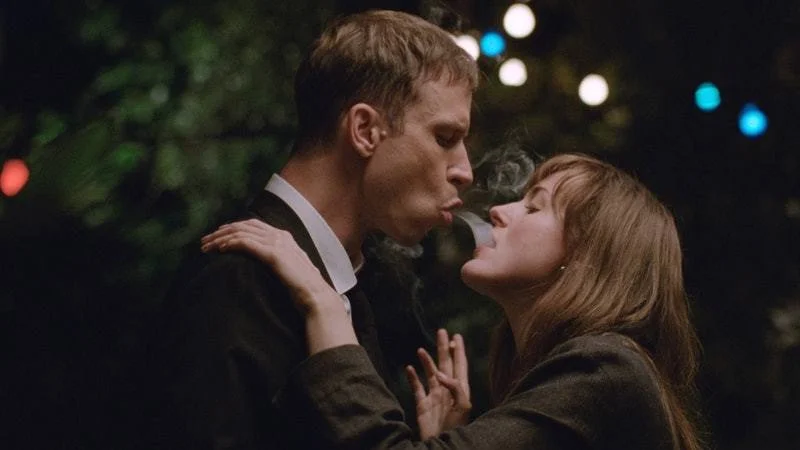
Whether it’s a puff of cigarettes outside the venue, under the sunset, or a puff of smoke with Ai Wen, the cheating man, a puff of cigarette seems to symbolize breathing space, allowing Julie to “be herself” for a short time.
How to be yourself? What do “I” want to do?
Modern society advocates “being yourself”, but what does it mean to be “being yourself”?
Is it to give up a stable relationship and catch another him? Is it refusing to be defined by the traditional stage of starting a family and having children in the previous generation?
In the middle of the movie, Julie resolutely broke up with Axl and said, “I love you, but I don’t love you either.” It also reminds me of Kierkegaard’s most well-known experience, which is when he regretted getting married, and wrote in his writing: “If you get married, you will regret it; if you don’t marry, you will regret it. If you marry or don’t marry, you will also regret it. regret.”
When Julie proposed to break up, she said to herself, “I’m like an audience in my life, like I’m playing a supporting role in my life.” This kind of “being yourself” also has a kind of self-alienation, and she can’t be the first person. completely in control of oneself.
Teyer once told the website “The Film Stage” that the dissatisfaction, disengagement and inappropriateness of relationships are big themes for him, “This has led to a lot of existential discussions, including what is my purpose? Why am I doing these things? What do I need to know? How do I deal with the passing of time and make sense of purpose?”
A 30-year-old woman like Julie may have more concerns about having children, but the confusion of life brought out by “The Worst Person in the World” is believed to resonate with anyone.
Even in the so-called age of no confusion, how many Hong Kong people really know what they want in life? Especially in the fast-changing modern society, work, residence, living environment and even interpersonal relationships are also changing. Unstable and uncertain life is more common.
And when Axl is terminally ill, the questioning about the meaning of life becomes more serious.
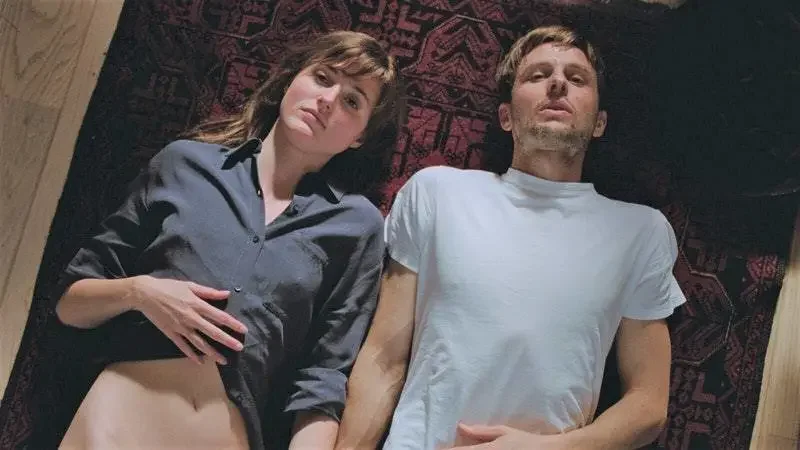
The confusion of life is undoubtedly a heavy subject, but the atmosphere of “The Worst Person in the World” is very relaxed, the time-space condensation of “mental derailment” and the psychedelic state of drug use all add to the viewing effect of this film.
“The Worst Person in the World” lost to Ryûsuke Hamaguchi’s “Drive My Car” at the Oscars for Best International Picture, but actress Renate Reinsve won Best Actress at the Cannes Film Festival last year Actor Award.
In Teyer’s mind, she is the best person to play Julie.
In every conversation, the two will naturally bring up topics related to the meaning of life. In fact, Renate Reinsve had only planned to pursue a career as a carpenter the day before he took on the film; Teyer, who had only started filming in his thirties, felt extremely anxious about his career. In this way, they are also facing the confusion of where to go in life.
We all hope to settle down and have a stable job, relationship and life, but there may be no one-size-fits-all answer to the choice of career and interests, the choice and balance of relationships, and more fundamentally, what kind of life we want to live.
At different stages of life, we encounter different people and things, and we still have to face different confusions.
In the postscript of the film, Julie has a new life, but this is her finally “being herself” or she has lost her way again. I believe that she can only look back in the future to find the answer.
